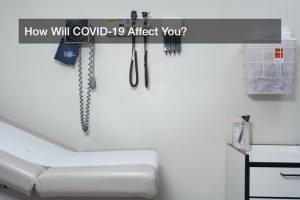New Research Aims for Earlier Detection of Gum Disease

 A study in 2009 and 2010 revealed that nearly half of the adult American population suffers some form of gum disease — though in most cases, suffering may not be an applicable term.
A study in 2009 and 2010 revealed that nearly half of the adult American population suffers some form of gum disease — though in most cases, suffering may not be an applicable term.
This is dangerous news, considering that over 25% of people don’t go to the dentist until they feel the problem is severe enough.
However, even early detection and treatment have fallen short of the desired results. Periodontal disease (gum disease) is currently classified as either “chronic” or “aggressive”, and the two types are treated differently. But an “aggressive” case can often not be correctly diagnosed until well after extensive damage has taken place.
Dr. Panos N. Papapanou, chair of oral and diagnostic sciences at the College of Dental Medicine, Columbia University Medical Center, says the two classes frequently overlap.
“Many patients with severe symptoms can be effectively treated, while others with seemingly less severe infection may continue to lose support around their teeth even after therapy.”
But there may be hope on the horizon. A new study led by Dr. Papapanou and published in the Journal of Dental Research indicates that early detection and classification of gum disease may be possible through the use of genetic expression, rather than waiting for the presentation of clinical symptoms.
“If a patient is found to be highly susceptible to severe periodontitis, we would be justified in using aggressive therapies, even though that person may have subclinical disease,” says Dr. Papapanous. “Now, we wait years to make this determination, and by then, significant damage to the tooth-supporting structures may have occurred.”
The research was sparked by a similar use of genetic markers to classify the aggressiveness of tumors, which leads to more personalized and appropriate treatments for cancer patients. A similar system could provide a model for earlier detection of periodontal disease, which would result in more genetically-personalized treatments for patients, before bone damage and tooth loss could set in.







